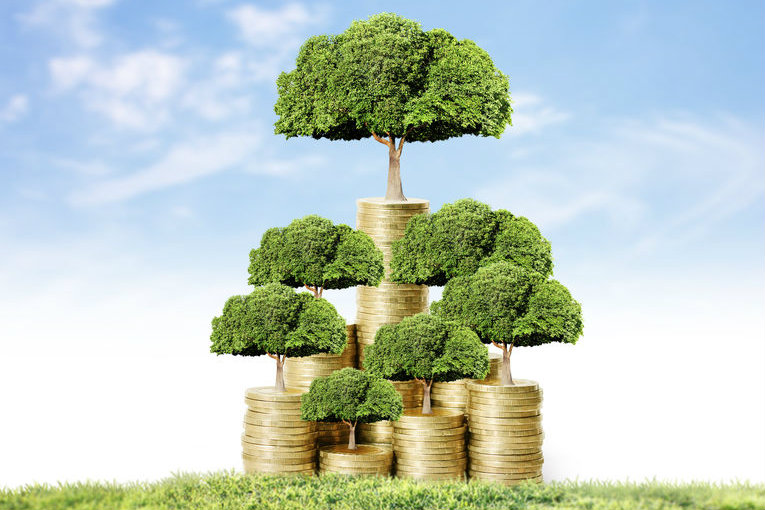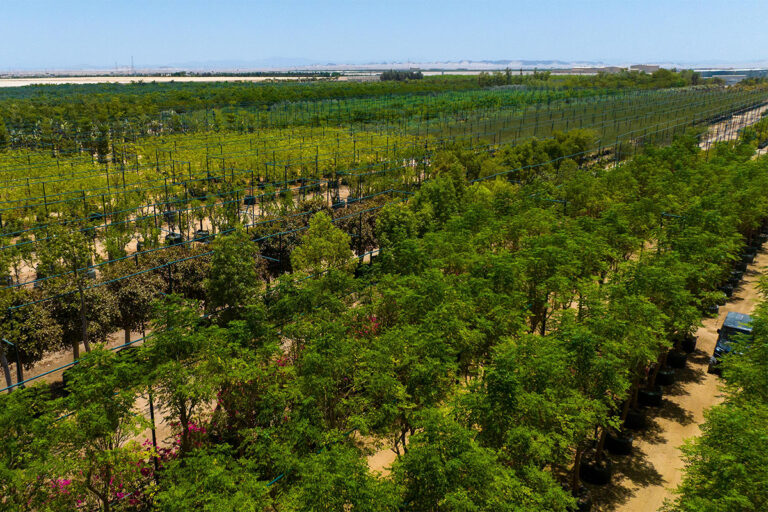Impact investment offers diverse opportunities to investors to generate positive social and environmental impact in investments which also deliver a compelling financial return. UBS is securing its position as one of the leading banks for sustainable investment solutions.

Where did the initial demand for impact investing come from?
With the increasing perception of less equality in the world, our clients wanted to know what they could do in terms of philanthropy and investment. At first we ran our impact investing initiative through our philanthropic unit. Our focus was on impactful investments which could make a return—philanthropy but with financial gain. This appealed to an important but small section of clients.

How did UBS change the way impact investing is run?
Our executive board decided to focus on helping clients deploy more money in meaningful ways. We therefore moved impact investing into our core traditional investment function and changed the way we framed it. We looked for compelling investments which could also have a measurable and intentional impact which had a profoundly different effect on our clients.
Who is your target for impact investments?
People have identified Millennials, who are inheriting significant wealth, as generally showing a disposition toward sustainability and sustainable investing.
A large proportion of Millennials argue that a company’s performance is not just about financials and that sustainability is also important. Deloitte estimates that between now and 2020 we will see the wealth held by this generation increasing from 17 to 24 trillion US dollars.
However, Millennials’ ‘unique interest’ in impact investing is probably a myth. The vast majority of our clients are not Millennials, and they represent only one slice of the growth we are seeing in the wider market. We have a large global philanthropy community to which we were at first reticent in offering investment opportunities—but we are changing that. In fact, we plan to start sourcing impact investments directly from this community as well as our other clients. We hope clients who would never have seen themselves making impact investments will ask to participate in our next one.
Is it possible to increase impact investing and make it more mainstream?
In general, people like to get more for the same price or the same amount for less. If you apply that to impact investing—where you deliver the same financial returns but with a positive social impact—this is more compelling than delivering below-market returns while having a positive social impact. It is not rocket science. Rather than sticking to rigid definitions of what counts as an impact investment, the industry should focus generally on good investments that also have a positive social impact and on the aggregate amount of money deployed.
What would your advice be to a high-net-worth investor looking at impact investing?
The best advice is to invest in something that resonates with you from a thematic, investment and impact perspective—all three, not just one.
What is it that most motivates you in your current role?
I am driven to find areas which align client and societal interests while making compelling returns, and to deploy a greater amount of money in investments that have a meaningful impact on the world at large![]()









